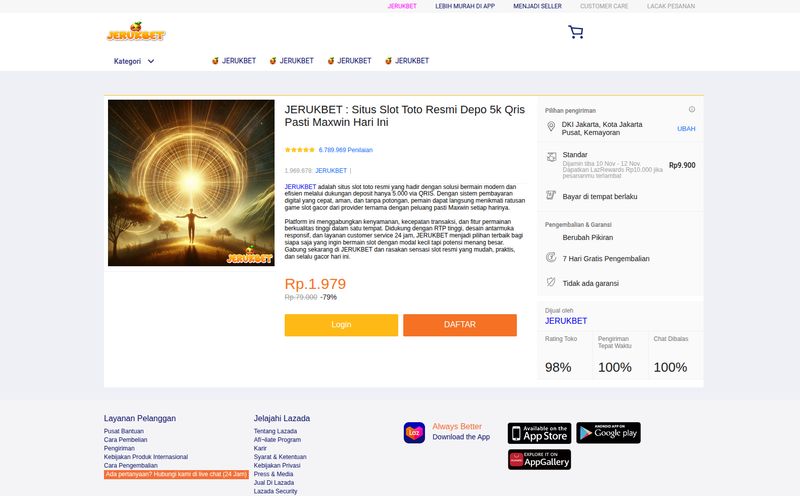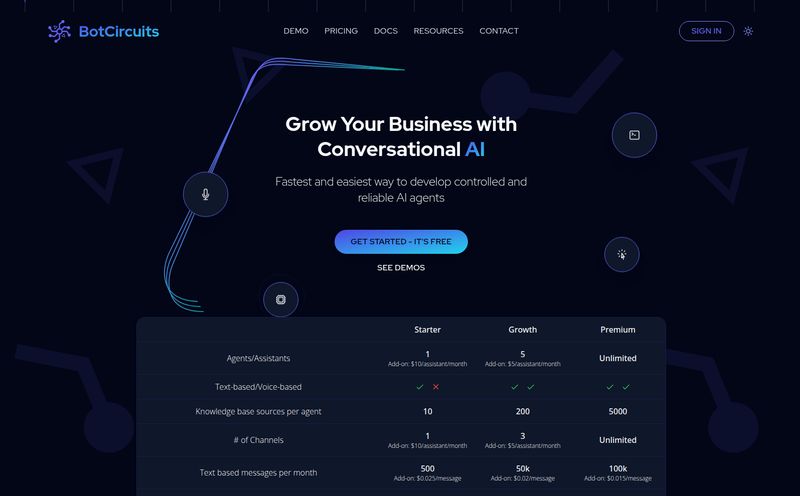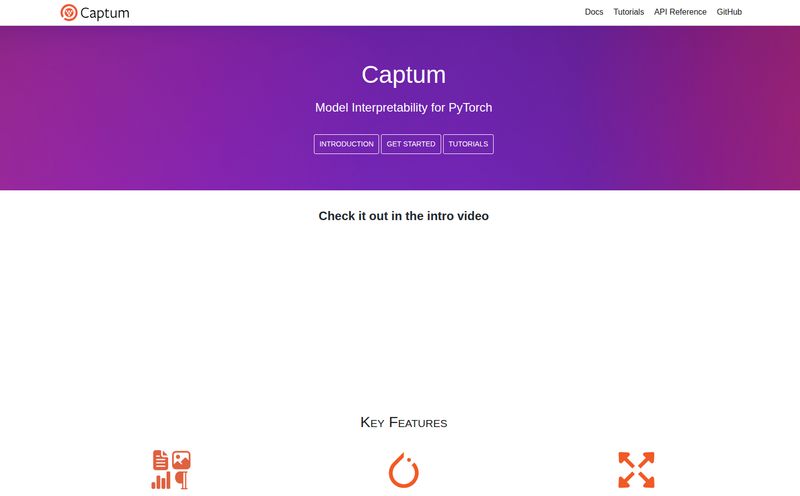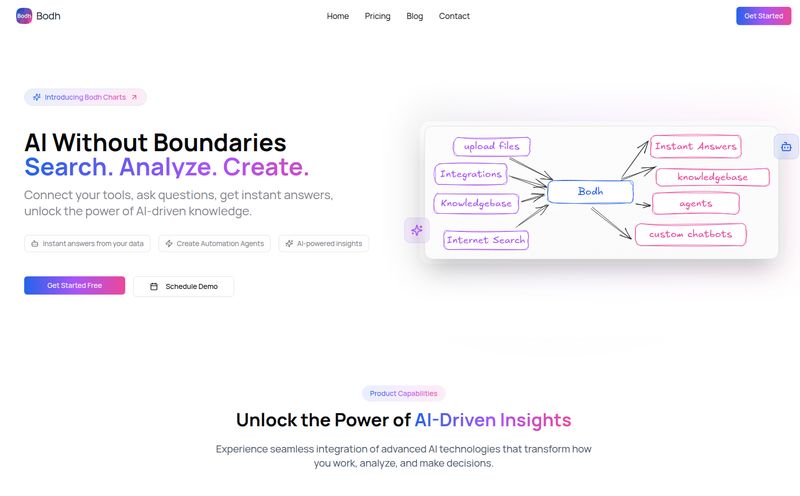If you’ve been in the B2B space for more than a week, you know the pain. The sheer, soul-crushing agony of stale data. You spend hours, maybe even days, meticulously building the “perfect” list of prospects from one of the big-name data providers. You load it into your CRM, you craft the perfect outreach sequence, and you hit send. And what happens? Bounces. Wrong contacts. Companies that pivoted six months ago. It feels like you’re shouting into a digital graveyard.
I’ve been there more times than I care to admit. It’s the dirty little secret of sales and marketing: our expensive data tools are often selling us information that’s already past its expiration date. So, when a tool like Extruct AI comes along, claiming to use AI to find and research companies in real-time, my ears perk up. Is it just another buzzword-laden platform, or is it actually the cure for the common cold data? I had to find out.
What Exactly Is Extruct AI? (And Why Should You Care?)
Okay, let's break it down. Extruct AI isn't your typical company database. Think of tools like ZoomInfo, Apollo, or Lusha—they're essentially massive, pre-compiled phone books. They’re huge, and they're useful, but they're also static. The information is collected, stored, and then sold to you. By the time you get it, it's already aging.
Extruct AI throws that model out the window. It doesn't have a giant, dusty database. Instead, it acts as a research engine. When you give it a query, it deploys its AI agents to scour the live web—news articles, press releases, company websites, social media, job boards—to find companies that match your criteria right now. It’s less of a phone book and more of a personal army of super-fast, always-on research assistants. It’s designed to turn the entire, chaotic internet into your personal deal flow machine.
And that’s why you should care. It’s for anyone who needs hyper-specific, fresh intelligence. Sales teams looking for buyers, growth teams hunting for market trends, VCs looking for the next unicorn, or even developers who need a live feed of company data via an API.
The "Aha!" Moment: Ditching Static for Dynamic
The real lightbulb moment for me came when I saw how they contrasted themselves with what they call “Legacy Vendors.” It’s a bit cheeky, but they’re not wrong. The core difference is like comparing a printed map to Google Maps with live traffic.
A printed map is great. It shows you the roads that existed when it was printed. But it won’t tell you about the new roundabout that was just built, the bridge that’s closed for repairs, or the massive traffic jam up ahead. A static database is that printed map. It tells you a company had 50 employees and was hiring for a CMO last quarter.
Extruct AI is your live traffic view. It’s designed to find you companies that are, for instance, actively hiring for sales roles today, just launched a new product line this week, or just got mentioned in a tech journal this morning. That freshness is everything. In a world where companies pivot and reorganize on a dime, having real-time data isn’t a luxury; it’s a competitive necessity.
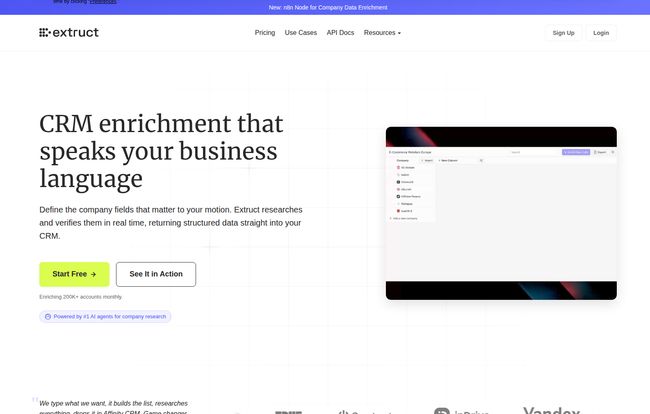
Visit Extruct AI
You Ask the Questions, AI Finds the Answers
Here’s where it gets really interesting, and frankly, it's the feature that got me most excited. Custom fields. With most data platforms, you’re stuck with their predefined filters: industry, employee count, location, revenue. Useful, but generic.
Extruct AI lets you define the data points that actually matter to your business. It’s not just about “Do they use HubSpot?” It’s about asking nuanced, strategic questions like:
- Is their product primarily self-serve or sales-led?
- What markets are they currently expanding into?
- Are they hiring for their first-ever Head of Marketing?
- Do they have image-based pricing on their website? (A surprisingly good indicator for certain SaaS models!)
This is a game-changer. For my own work, I could build a query to find “B2B SaaS companies with 50-200 employees that just raised a Series A in the last 90 days and don't have a 'careers' page.” That’s an incredibly specific, high-intent signal that would be virtually impossible to find with a traditional tool. You’re not just buying a list; you're commissioning a piece of custom research, on demand.
"Other vendors list criteria... Extruct's agents found opportunities our traditional tools completely missed."
Let's Talk Brass Tacks: Extruct AI Pricing
Alright, the all-important question: what’s this going to cost me? Now, I’ll be honest, getting a straight answer on pricing took a moment. Their site seems to have a couple of different pages floating around, which can be a bit confusing, but the most recent one I found lays it out pretty clearly. Always a good idea to check their official pricing page for the absolute latest, but here's the gist of what I saw.
They operate on a credit-based system, where one credit equals one lead for one company. The plans are structured annually but billed monthly:
| Plan | Price (per month) | Credits (per year) |
|---|---|---|
| Basic | $49 | 12,000 |
| Explorer | $165 | 60,000 |
| Pro | $415 | 120,000 |
| Team | Starts at $10,000/year | Unlimited Credits, Custom Sources |
Is it cheap? No. But value is relative. How much does one perfect, high-value customer worth to you? What's the cost of your sales team wasting a quarter chasing ghosts? When you frame it that way, the price starts to look a lot more reasonable, especially for established teams. Plus, one of the older pricing structures I saw mentioned infinite credit rollover, which if true, is a massive plus.
The Good, The Bad, and The AI-Powered
No tool is perfect, so let’s get into the nitty-gritty. After digging in, here's my take.
What I love: The real-time data is obviously the star of the show. The ability to ask custom, human-like questions is what truly sets it apart. The integrations with Salesforce, HubSpot, Slack, and an API are also critical—a tool has to fit into your existing workflow, not create a new one. That's just table stakes these days.
What gives me pause: This is not a tool for the lazy or the unfocused. Its greatest strength—its open-ended nature—is also its biggest challenge. You need to have a crystal clear understanding of your Ideal Customer Profile (ICP). If you feed it vague queries, you'll get vague results. Garbage in, garbage out, as they say. It requires more strategic thinking upfront than just buying a generic list. Also, the price point might put it out of reach for some solo-preneurs or very early-stage startups.
Who Is This Tool Really For?
So, who should be signing up for a trial right now? In my opinion, it’s a perfect fit for a few specific groups:
- Hyper-Targeted Sales Teams: Account-Based Marketing (ABM) teams who live and die by the quality of their intelligence. If you need to know which of your target accounts just launched an integration with AWS, this is for you.
- Growth and Partnership Teams: Folks trying to find companies that fit a very specific partnership profile. Imagine searching for “companies that use Stripe for payments but don’t have a listed analytics provider.” That's powerful.
- Investors and Consultants: VCs, private equity firms, and consultants who need to generate a list of companies that match a unique investment thesis, and need it yesterday.
Final Thoughts
The shift from static databases to dynamic intelligence engines is not just a trend; it's the future of B2B sales and marketing. We’ve put up with stale data for far too long simply because there wasn’t a better alternative. Now, there is.
Extruct AI isn't a silver bullet, and it won't fix a broken sales strategy. But for teams that are already sharp, focused, and know exactly who they're looking for, it could be the missing peice. It’s a tool that respects your intelligence by allowing you to ask smarter questions. And in this business, asking smarter questions is how you win. It's defintely a platform I'll be watching closely.
Frequently Asked Questions
- 1. What exactly is a "credit" in Extruct AI?
- A credit is their unit of currency. According to their site, 1 credit is used to find and enrich one lead for one company. So if you find 100 target companies, that would be 100 credits.
- 2. Do my unused credits roll over to the next month?
- Some of their documentation mentions infinite rollover, which is a fantastic policy. It means you don't lose what you pay for at the end of the month. However, it's always best to confirm the specific terms of your chosen plan when you sign up.
- 3. How is Extruct AI different from ZoomInfo or Apollo?
- The main difference is real-time vs. static. ZoomInfo and Apollo have massive, pre-existing databases. Extruct AI researches the live web on-demand when you make a request. This makes it better for data freshness and highly specific, custom queries.
- 4. Is Extruct AI hard to use?
- It's not technically difficult, but it requires strategic thinking. You need a very clear idea of what you're looking for to write effective queries. If you have a well-defined Ideal Customer Profile (ICP), you'll find it incredibly powerful.
- 5. Can I integrate Extruct AI with my current CRM?
- Yes. It's designed to work with your existing stack. They list native integrations with major platforms like HubSpot, Salesforce, and Pipedrive, as well as Slack for notifications and a full API for custom development.
